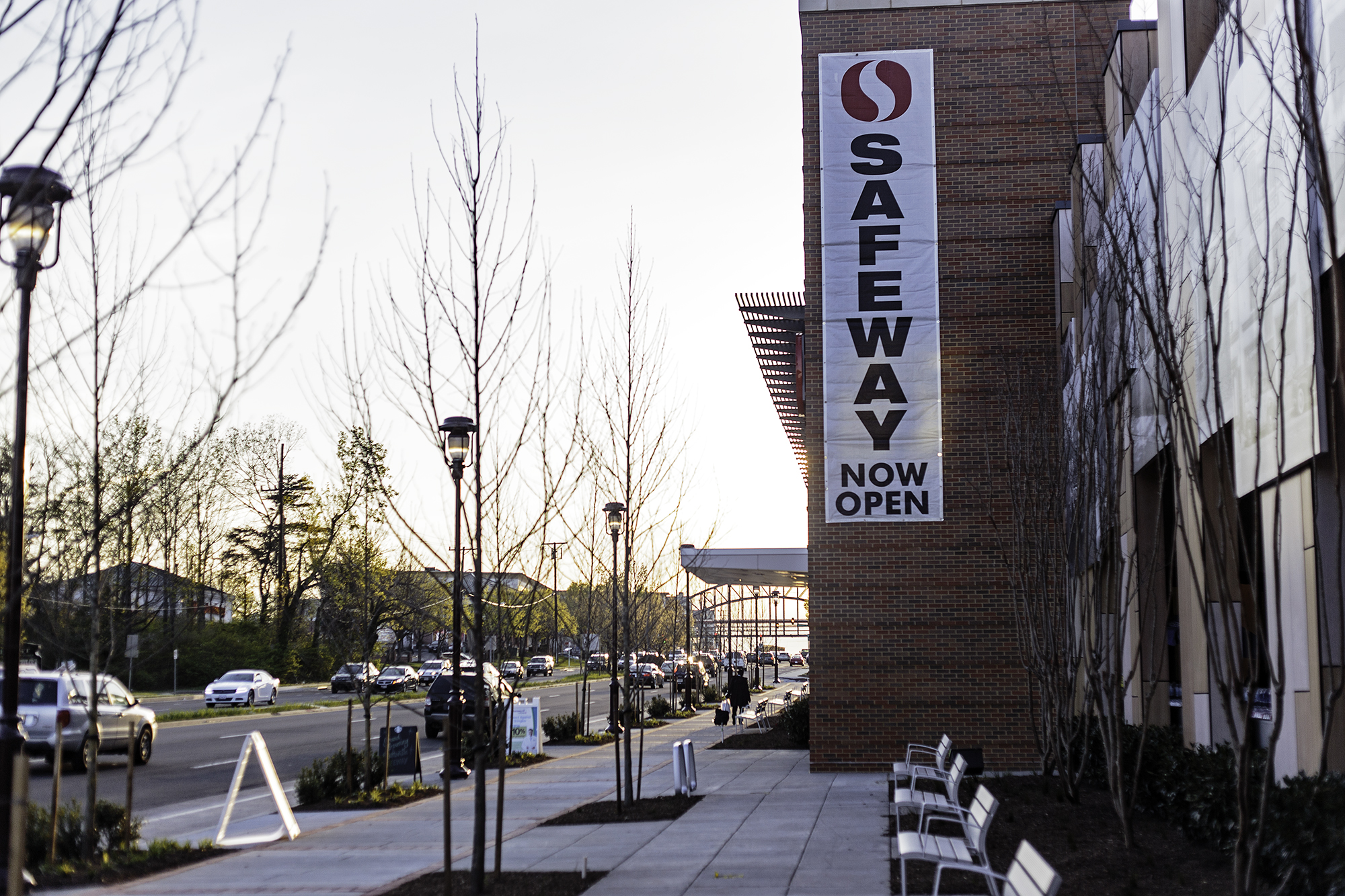A new Safeway opened April 6, but University of Maryland students are still victims of the College Park food desert.
College Park is part of the larger U.S. Agriculture Department-classified food desert in Prince George’s County, meaning the city is located in an urban area where it’s difficult to find fresh, affordable food. The new Safeway is another location for students to purchase groceries in the surrounding area, so long as they have cars or are ready for a long walk.
Safeway seized the opportunity to locate in Hyattsville because officials recognized there were not many prospects for residents to buy high-quality, reasonably priced food in the area, said Stacey Brown, a vice president of Safeway’s Eastern Division.
“We thought that we could really contribute and really offer them an exciting retail shopping experience,” she said.
Brown also said the chain is looking forward to gaining customers from this university.
“We’re huge fans of [the University of Maryland], quite frankly, and we’re hoping that [students] could become huge fans of Safeway as well,” she said.
The Hyattsville location on 3702 East-West Highway is about 1.5 miles away from the campus. The store is open 24 hours daily so it can serve members of the community who might not have typical work hours, Brown said.
District 3 Councilwoman Stephanie Stullich said she wishes there were a grocery store located closer to downtown College Park so residents without cars — such as students — can get there easily.
“It’s great to have another one, but I’m still really holding out hope for a grocery store that will be more in the heart of College Park downtown, where there really are a lot of people who need access to it,” Stullich said.
However, Kristen Pellicot, a junior criminology and criminal justice major, said she does not find this location very convenient for students.
“Even though there’s a shuttle bus to Hyattsville, I just think it’s super inconvenient,” she said. “We’re building all of these huge apartment complexes for students to live off-campus and there’s no access to get food.”



